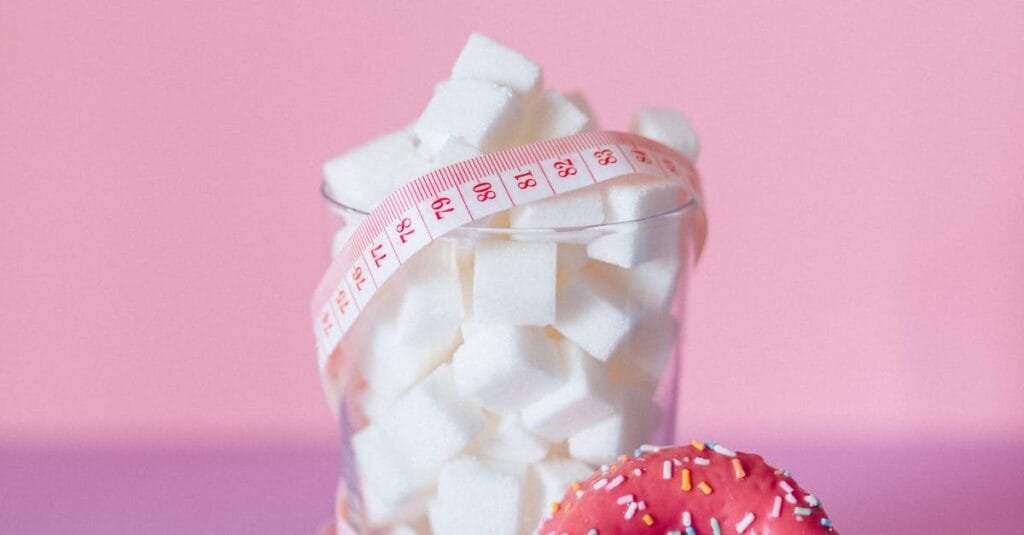5 Proven Methods to Track Fat Loss Progress Without Body Fat Testing
In the ever-evolving landscape of fitness and health, the quest to accurately measure body fat has become a topic of intense debate. While traditional methods like calipers and bioelectrical impedance scales have their proponents, their reliability is often questioned due to factors such as operator error, inconsistent results, and flawed equations. Even advanced techniques like DEXA scans are not without their shortcomings. As the fitness community shifts focus away from these potentially misleading metrics, it’s imperative to explore alternative strategies that offer a more comprehensive and reliable assessment of one’s health journey.

The Limitations of Traditional Body Fat Testing
Body fat testing, though widely used, comes with inherent challenges. Skinfold calipers demand a high level of expertise, and even seasoned practitioners can yield varying results. Consumer-grade body fat scales, despite technological advancements, often grapple with consistency issues. The equations employed to translate these measurements into body fat percentages further introduce potential inaccuracies. Recognizing these pitfalls, many fitness professionals advocate for a diversified approach to tracking progress, moving beyond sole reliance on body fat metrics.
Embracing a Multifaceted Approach: Five Proven Strategies
To navigate the complexities of body composition assessment, consider integrating the following five methods into your routine:
- Body Weight: The Classic Metric Reimagined While daily weight can fluctuate due to hydration levels, dietary intake, and hormonal changes, observing trends over time provides valuable insights. Pro Tip: Weigh yourself daily under consistent conditions—preferably first thing in the morning—and calculate weekly averages. This approach minimizes daily variances and highlights genuine progress. Combine With: Integrate weight data with other metrics to gain a holistic understanding. For instance, a stable weight coupled with a decreasing waist circumference may indicate fat loss accompanied by muscle gain.
- Waist Measurement: A Direct Indicator of Fat Reduction Waist circumference serves as a tangible measure of both visceral and subcutaneous fat. A reduction in waist size often correlates with overall fat loss. Measurement Technique: Utilize a flexible tape measure around the narrowest part of your torso, typically just above the navel. Ensure the tape is level and snug without compressing the skin, and perform measurements under consistent conditions, such as in the morning after using the restroom. Additional Insight: Pay attention to how your clothing fits. Noticing that previously tight garments are becoming looser is a clear, non-numerical sign of progress.
- Physical Performance: Strength as a Barometer of Progress Enhancements in strength often signify muscle preservation or growth, even amidst a calorie deficit. Tracking Progress: Monitor the weights lifted and repetitions completed within your typical 6–12 rep range. An increase in either suggests positive changes in lean muscle mass. Identifying Patterns: A decline in performance, such as reduced squat strength, may signal muscle loss in specific areas, whereas improvements, like an increased shoulder press capacity, indicate targeted gains. Motivational Aspect: Recognizing advancements in strength can bolster morale, especially during periods when the scale doesn’t reflect changes. Often, performance improvements precede visible physical transformations.
- Visual Documentation: The Power of Imagery Visual assessments remain a cornerstone for many, including physique athletes who are evaluated based on appearance rather than numerical data. Capturing Progress: Regularly take photographs from multiple angles—front, side, and back—under consistent lighting and attire. Weekly sessions can reveal subtle changes that accumulate over time. Mirror Observations: While daily self-examinations might make it challenging to notice incremental changes, consistent effort over 2–4 weeks typically yields observable differences. If no changes are evident after a month, it may be time to reassess your approach.
- Advanced Technological Assessments: Leveraging Modern Tools Incorporating technology can provide a more nuanced understanding of body composition and overall health. Wearable Devices: Modern wearables can track various health metrics, including heart rate variability and activity levels, offering insights into your fitness progress. Smart Scales: Devices equipped with bioelectrical impedance analysis can estimate body composition metrics such as body fat percentage and muscle mass. While individual readings may vary, tracking trends over time can be informative. Innovative Applications: Emerging technologies, like the ShapedNet deep neural network, can estimate body fat percentage from a single photograph, providing a convenient assessment tool.
Synthesizing Multiple Metrics for a Comprehensive View
No single method offers a complete picture. By combining these strategies, you can attain a more accurate and personalized understanding of your progress.
Consider the Following Scenarios:
- Scenario 1: If your scale weight remains unchanged, but your waist measurement decreases and strength levels rise, it’s plausible that you’re losing fat while gaining muscle.
- Scenario 2: An unexpected increase in body fat percentage readings, despite a leaner appearance and better-fitting clothes, might suggest a measurement anomaly. In such cases, trust the physical evidence over numerical data.
Final Reflections
While traditional body fat testing methods have their place, they are not the sole indicators of progress. By embracing a multifaceted approach—monitoring weight trends, waist measurements, physical performance, visual changes, and utilizing advanced technological tools—you can gain actionable insights without relying exclusively on potentially unreliable tests. Remember, progress is not always linear. Celebrate incremental achievements, maintain consistency, and let this comprehensive suite of metrics guide you toward your health and fitness aspirations.
Ultimately, the true measure of success transcends numerical values; it encompasses how you feel, perform, and perceive yourself.
See Video below.
To see other fitness articles, click here.




